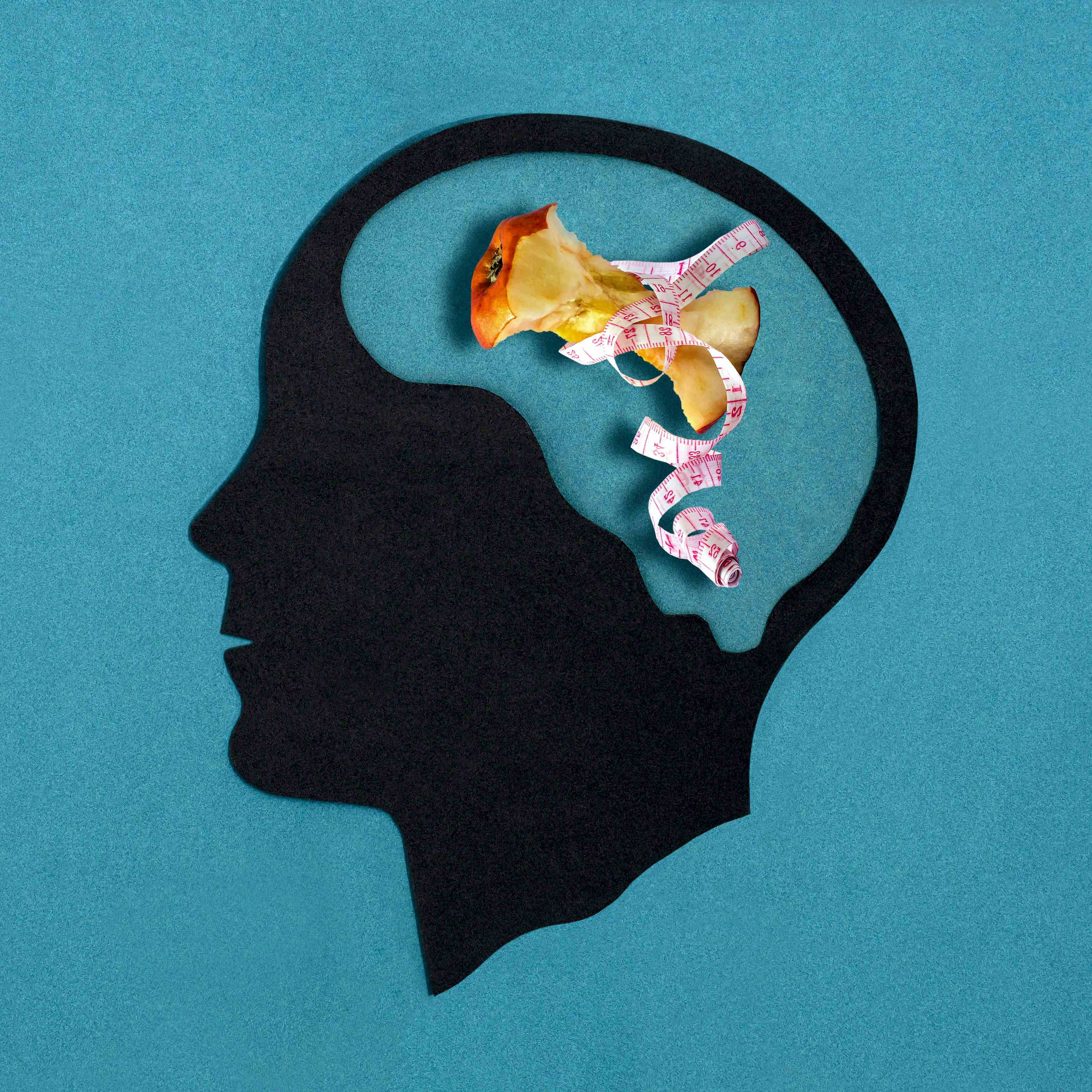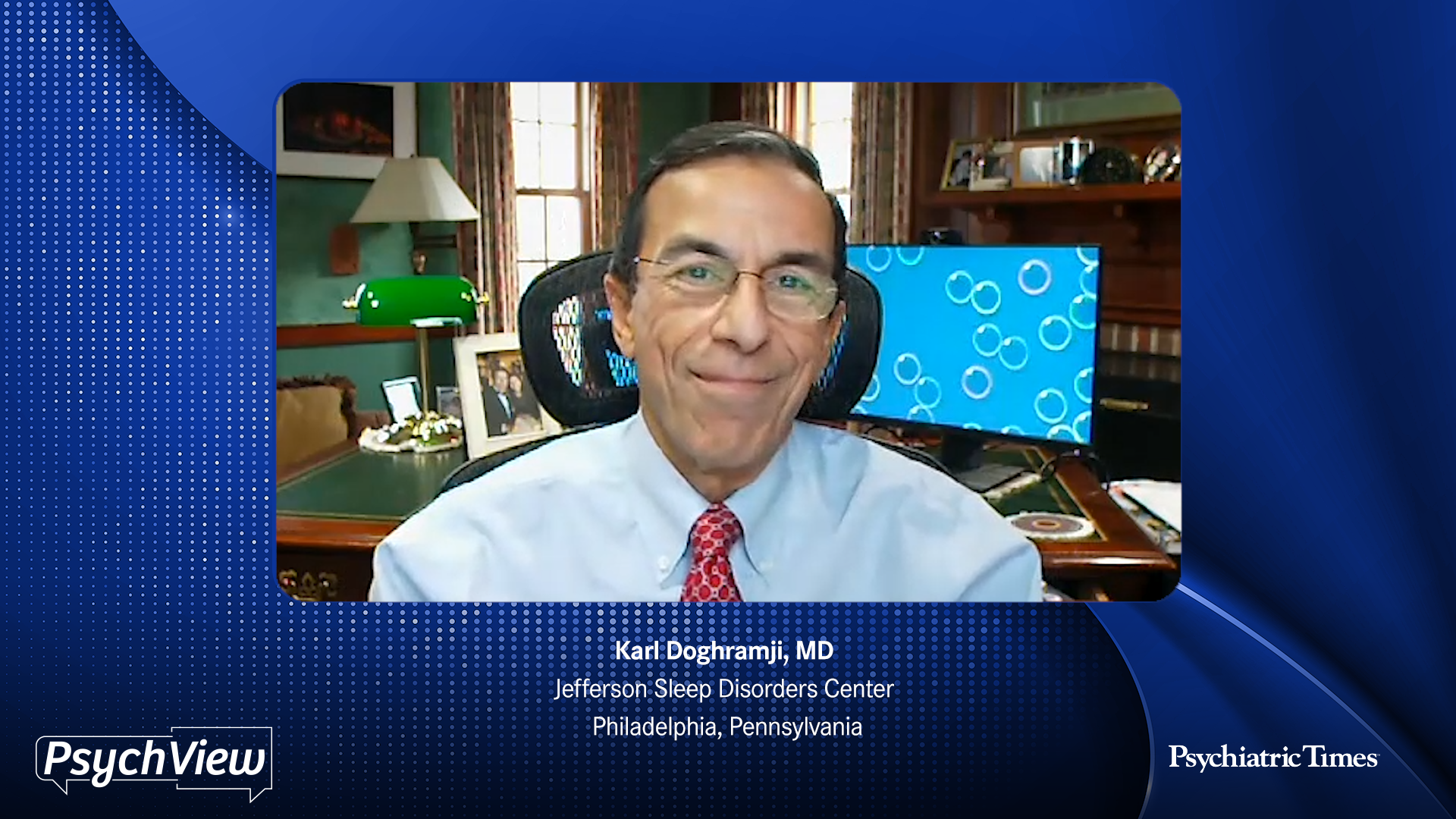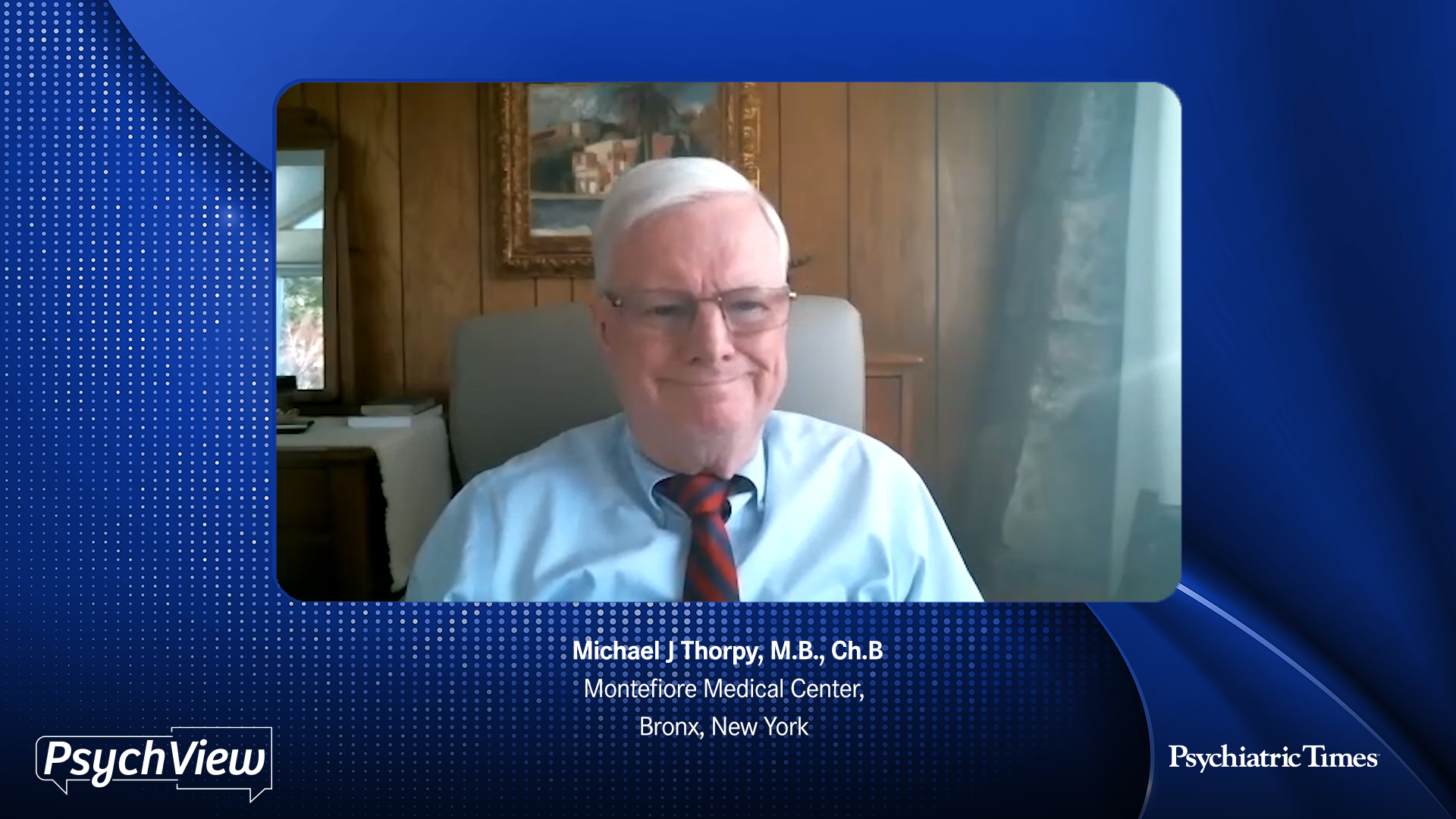Publication
Article
Psychiatric Times
The Paradox of Parity
Author(s):
When psychosocial treatments are delivered with high quality and fidelity, outcomes improve. That is the parity all of us should be fighting for. More in this commentary by NIMH Director Thomas Insel, MD.
When the Mental Health Parity and Addiction Equity Act was signed into law in 2008, after decades of debate, advocates for mental health celebrated what was arguably their most important legislative achievement in 50 years. The new law, with the cumbersome acronym of MHPAEA, had a simple, ambitious goal: treatment for mental illness and substance abuse disorders would be on a par with treatment for all other medical disorders. If insurance companies covered treatments for depression and diabetes, they could not have different requirements or different deductibles or different reimbursement schedules for the two conditions.
The Affordable Care Act (ACA), passed in 2010, included mental health care as an essential benefit and consolidated MHPAEA into a broad mandate for health care reform by removing exclusions based on preexisting conditions, extending coverage on a parent’s plan for dependents up to age 26, and expanding coverage to the entire population. With implementation of the ACA’s reforms well under way and the release of the implementation rules for MHPAEA late last year, we are now in one of the most dynamic periods of mental health care change since the advent of the community mental health movement of the 1960s.
[[{"type":"media","view_mode":"media_crop","fid":"25917","attributes":{"alt":"","class":"media-image","id":"media_crop_918972271413","media_crop_h":"0","media_crop_image_style":"-1","media_crop_instance":"2441","media_crop_rotate":"0","media_crop_scale_h":"106","media_crop_scale_w":"160","media_crop_w":"0","media_crop_x":"0","media_crop_y":"0","title":"","typeof":"foaf:Image"}}]]But before the mental health community begins a victory lap, we need to remember to look for unintended consequences. While the combination of ACA and MHPAEA could and should be cause for celebration, there are some details that need to play out. For instance, how will psychosocial treatments be covered? This is especially relevant given the efficacy of several psychosocial treatments, such as cognitive-behavioral therapy (CBT), to name just one of many that have been proved to be effective. In fact, most of the NIMH clinical trials portfolio has focused on research and development of non-pharmacological treatments, not medications, so we care deeply that those non-pharmacological treatments that have been shown to be helpful are disseminated and reimbursed broadly.
For this to happen, there are many outstanding questions that need to be answered. Under parity, will CBT be reimbursed at the same rate as pharmacological treatment? If so, at what dose (how many visits per week) and duration (8 weeks or 18 weeks) for different conditions? How will fidelity, the quality of treatment, be defined? We assume that every dose of medication delivers a similar treatment, but how can we show that any therapist claim-ing to deliver CBT is providing the precise treatment for which we have scientific evidence of efficacy? And what about other psychosocial treatments with less evidence, from swimming with dolphins to long-term residential care? If we expect parity of coverage, should we expect parity of evidence? Do we have parity of rigor? Who is responsible for answering these questions? The FDA establishes a regulatory framework for medications and devices, but not for practice. Should there be a regulatory pathway for procedures and therapies?
The paradox of parity is that even with the new laws, in the absence of such a framework, some treatments might not be covered even to the extent that they were covered in the past. To address this concern, the NIMH and other stakeholders have asked the Institute of Medicine (IOM) to develop a framework by which standards for psychotherapeutics can be established to help guide both payers and providers. The IOM has set up an expert panel to review the issues and recommend a way forward. At a meeting last week, the IOM panel heard how other providers, such as surgeons, have established guidelines for rigor and quality that ensured parity for their interventions, many of which have less evidence than what we have for CBT.
In the world of parity, psychosocial treatments may need to be accompanied by measures of quality and fidelity (eg, evidence of homework if the treatment is CBT), measures of dose and duration (eg, a predetermined length of intervention), and measures of outcome (eg, improvements on a standardized rating scale). And electronic records may become as essential to psychotherapy as they are to the rest of medicine for ensuring that treatments meet established standards and are reimbursed.
Of course, many providers may look for reimbursement outside of the insurance or Medicaid systems. A recent report from Bishop and colleagues1 found that only 43% of psychiatrists accepted Medicaid and only 55% accepted private non-capitated insurance. These figures are much lower than rates for other medical specialties (73% for Medicaid and 89% for private insurance). In addition, the rates for psychiatrists accepting private insurance are going down, decreasing 17% from 2005-2006 to 2009-2010, when these data were collected.
It would be a sad irony if in the era of parity only those who could afford to pay out of pocket could get access to effective psychosocial treatments. The IOM study can help by providing some guidelines, but true parity may require that the mental health community take steps to demonstrate that they provide the most evidence-based treatments with measures of both rigor and fidelity. We will need standardized reporting systems as well as a detailed definition for each evidence-based intervention, including not only dose and duration but also indication.
Seem impossible?
The Department of Veterans Affairs Health Care System, while struggling with enormous challenges, has done all of this over the past 5 years. The results, summarized recently, show that when psychosocial treatments are delivered with high quality and fidelity, outcomes improve. That is the parity all of us should be fighting for.
[Editor’s note: Dr Insel’s blog appears on the Web site of the NIMH (http://www.nimh.nih.gov/about/director/2014/the-paradox-of-parity.shtml) and is reprinted here courtesy of the NIMH.]
This article was originally posted on 6/5/2014 and has since been updated.
Disclosures:
Dr Insel is Director of the National Institute of Mental Health (NIMH).
Note: This article, originally published on May 30, 2014, is posted here courtesy of NIMH. http://www.nimh.nih.gov/about/director/2014/the-paradox-of-parity.shtml
References:
1. Bishop TF, Press MJ, Keyhani S, Pincus HA. Acceptance of insurance by psychiatrists and the implications for access to mental health care. JAMA Psychiatry. 2014;71:176-181.















